It’s been about two years since we initially launched our very first game Lost Ember on PC and consoles and it has been a wild ride that I want to share with you today. I tend to ramble on sometimes, so it might be a long read that I will cut into different parts. In this first part I’ll focus on the development itself with some early concepts and screenshots, some things we learned during this time and how and where we got the first money for the game.
If you don’t know what Lost Ember is (how dare you?!), here’s a quick summary. Lost Ember is an explorative adventure that lets you play as a wolf with the ability to possess any animal you meet to uncover the story behind the fall of an old civilization – something you seem to have lived through in a past life yourself. Here’s the release trailer, if you’re more of a visual mind:
In the following weeks I’ll post the next parts that will go into more detail about development roadblocks and the main problems that led to us having to delay the release a couple of times, our Kickstarter campaign and how we managed to gather over 320,000€ (350,000$) and of course the release time with a breakdown of the full development budget and the sales numbers. How much did the development cost? What went wrong? What did we learn from it? And was Lost Ember profitable for us? You’ll find out over the next couple of weeks! (But yes. Yes, it was.)
How it all began
We started to work on the concept back in 2014 as the final project for a Game Development masters program at university. This is also where our four founding members – consisting of two programmers, a concept artist and a 3d artist – met for the first time. All of us shared the same goal of developing our own games rather than work at a big company without much creative input, which is what initially brought us together. But since creative self-realization has to be funded somehow, we started taking the odd contract on the side and ended up building a lot of websites, visualized a local harbour and developed a serious game about safer sex. It’s been a pretty colorful mix. All the while we worked on the concept of Lost Ember and started finding our own style.
The very first thing we had to do, of course, was finding a game idea we all were equally excited about. Something that can be a bit tricky in a team of four. The idea of playing as an animal was one of the first things that we all agreed upon. There’s just something about playing as an animal that makes certain elements of storytelling, atmosphere and gameplay more interesting and fun. But of course that didn’t really bring us much closer to an actual protagonist. There are a couple of pretty cool animals out there. Which one should we choose for our game? It did not look like we were coming any closer to a decision with that for a while, until I randomly picked up an old game in my free time. I started up Driver: San Francisco. A racing game that you wouldn’t intuitively compare to a game like Lost Ember. But it let you switch into the oncoming traffic and drive other cars. This mechanic ended up inspiring the main USP of Lost Ember. Why should we have to decide on one animal to be the main character? Why not just play them all?
Our core mechanic was born, but things were still going pretty slow back then with our programmers mostly working on external contracts and the artists familiarizing themselves with the engine. But we did make progress and the world of Lost Ember began to take shape. Although that shape was very different to what it would end up as, with our initial concept including an episodic release and a more complex (and, looking back at it, confusing) story.
But still, after a couple of months we finally had some concept art we were happy with and proud to share with the world. Which leads me to the first marketing decision we had to make: when should we start marketing? Was it still too early? Would other studios jump at the idea of switching animals and steal our spotlight? We still get asked these questions a lot by up and coming indie developers and I’m afraid there is no one true answer for every game. I would, however, say that most of the worries of other studios stealing your idea are unnecessary. There ended up being some games similar to Lost Ember that were announced a couple of months after we published our first big trailer, so they might very well have got the idea from us, but I don’t think it hurt us in the end. At the end of the day, players of those similar games will be looking for other games they’d enjoy and maybe stumble upon yours just because they already played another, similar game. Just make sure you don’t release at the same time.
Another worry, however, is definitely more relevant: will these early concepts actually reflect the final game? Will players expect something totally different at release? What if you change the style, will that anger people? That’s definitely something to be aware of when you start marketing early. I would still say it’s not a huge problem with your first game, since most people will understand the reasoning, but we did get a couple of comments when we changed some things and – more annoyingly – the press often still used very early images in their articles even years after we had changed them.
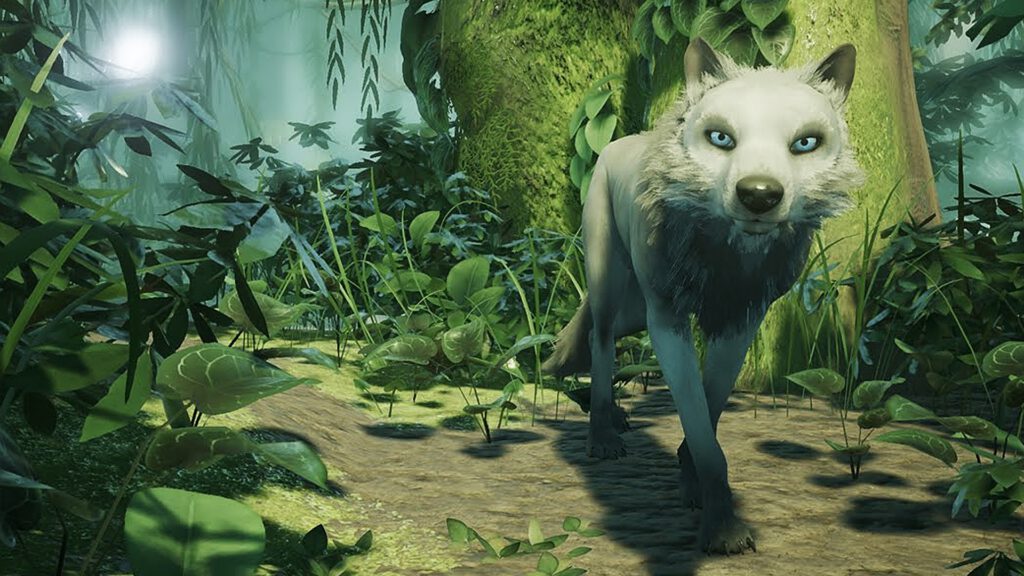
In general, I would say that the benefits of early marketing at least for the first game far outweigh the drawbacks. The most important thing for a successful release, crowdfunding or even publisher pitches is having a community of eagerly awaiting fans and you obviously cannot get that without telling anyone about your game.
The first big thing
For about 6 months this was how we were working. Working on the game whenever we could between jobs and university and posting concept art to twitter and some indie game communities to try to get the word about the game out. One of the first “big things” that happened was being selected as one of only a handful of indie games being featured in a monthly column in the “Indie Game Mag” – a US-magazine focusing on indie games. For one year they would check in every month and write about our progress. In terms of social media followers or just general public awareness this didn’t turn us into overnight stars, but it did lead to one very important partnership. Only a few weeks after the very first article about the game was published we received an email that read something like this:
“Hey you guys, we’re two guys who make sound and music for games and just stumbled upon your game. Are you looking for anything in that regard? We do have some experience in the games industry. Some of our earlier games include: the entire GTA and Red Dead Redemption franchise.”
That last line came pretty unexpectedly, to say the least. We’re just sitting there, working on our very first game on the weekends for a couple of months, and suddenly some AAA-people want to work with us? Too good to be true. So we hopped on a skype call with them and – while talking – googled their names to see if they looked like who they claimed to be. And they did. Craig Conner and Will Morton had previously worked at Rockstar North and were responsible for music, sound and voice direction of pretty much all of their games. They had just left Rockstar and were trying to build their own audio studio, picked up the first magazine about indie games they could find, and there we were. This partnership turned out to be extremely valuable as they did an amazing job with music and sound and the song they produced for our very first trailer was definitely an important piece of its viral success. Sometimes it really just is incredibly lucky timing, I guess.
At this point, we were still only working in our spare time and did not have the budget to finish the game by a long, long way, so they couldn’t do that much yet. There still wasn’t a game to put music and sound into. But we did our best to put something together that would reflect what we were going for and slowly, but steadily, reached the point of a playable demo. Time to show it to people.
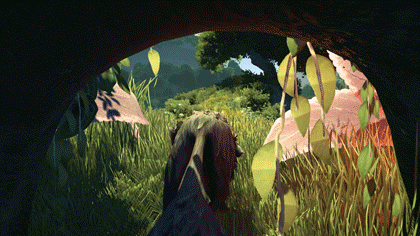
A local games and manga convention – Magnology – was the very first event that we attended with our freshly baked demo to get some feedback from players. Things were obviously still very, very rough and unpolished back then, but we already got great feedback and a lot of new ideas. Seeing how people play a game for the first time is always both amazing and heart-breaking. Basically no one plays it exactly like you imagined they would, going in wrong directions and pressing the wrong buttons, running into new bugs you have never seen before, but every time you see a smile on their face or a focused and totally immersed stare at the screen you just get goose-bumps. This was definitely an incredibly motivating experience for us and gave us all new energy to work on all the things that went wrong before we showed the demo to anyone else.
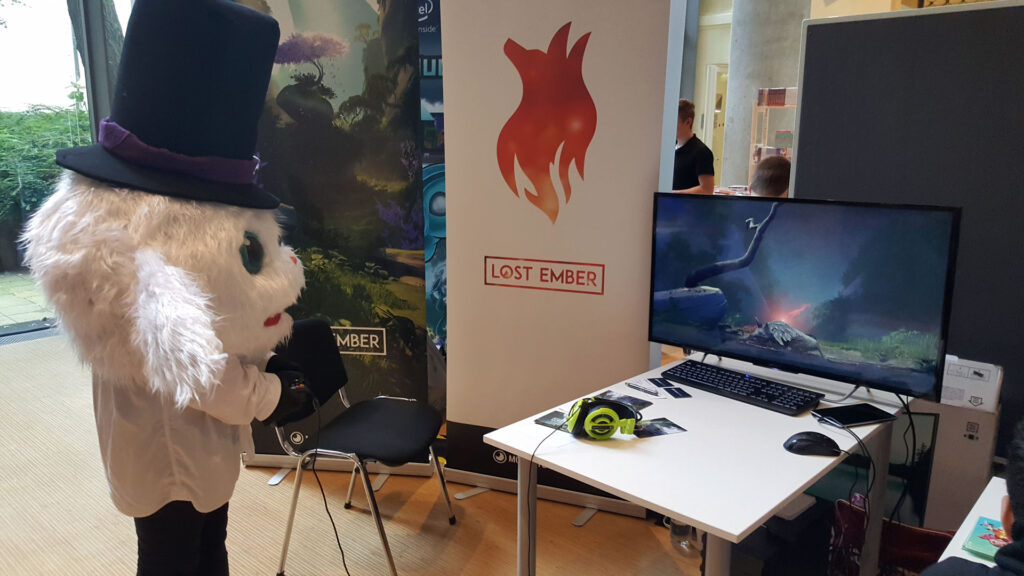
The first money coming in
And we did already know who we had to show it to next: the German Game Awards were coming up and there was a category for the best newcomer concept we had our eyes on for a while.
For the first time we actually had to create a detailed pitch document, which did help us in a bunch of ways, I’d say. Before that we didn’t really have one complete document with “the plan” in it. We did create a wiki page and tried to update that more or (mostly) less frequently with a couple of rough descriptions of mechanics we agreed upon, but most things were just discussed verbally, which of course means that half of it was forgotten by at least one of us. Having to write this document that could explain to a complete stranger not only what the game is about, but also what our core design pillars were, what we were trying to achieve and what was special about it did lead to us having a better picture of it ourselves as well. Coming up with the core element of a game that’s most important to you is one of the most valuable steps of pre-production, I’d say. Something that you can measure all subsequent ideas and mechanics in. Let’s say your main thing was making you feel like a superhero. With every aspect of your game that you develop after defining that core pillar(s), you should ask yourselves “how does this help in feeling like a superhero?”. And if the answer is “it doesn’t”, maybe consider changing or even cutting it. It’s too easy to lose focus and clutter your game with hundreds of little things you think are cool, but end up just making the final game chaotic – and taking up valuable polish time that you will definitely need in the end.
For those of you who might be at a similar stage as we were back then, I’m going to share this early version of our pitch document. I already wrote about writing pitch documents for publishers in another post and if you’re trying to do that, I’d say better look at that one, but if you’re just interested in how Lost Ember developed and how it looked back then, here you go:
And this was the accompanying trailer:
As you can see, there’s a lot of things that changed during the next couple of years. Some of those early elements I still kind of like, but overall I do think that Lost Ember ended up better than we imagined back then.
Anyway. we just submitted this document to the award team and already felt like we made pretty big steps in the right direction. But of course we still wanted to win. After all, there was a substantial cash prize involved. We ended up winning the 2nd prize, which luckily still meant that 25,000€ (about 28,000$) were coming our way. This was the very first money we got for Lost Ember and it was incredibly important as it allowed us to work full-time on the game for the first time to prepare what would end up financing most of the remaining development: our Kickstarter campaign.
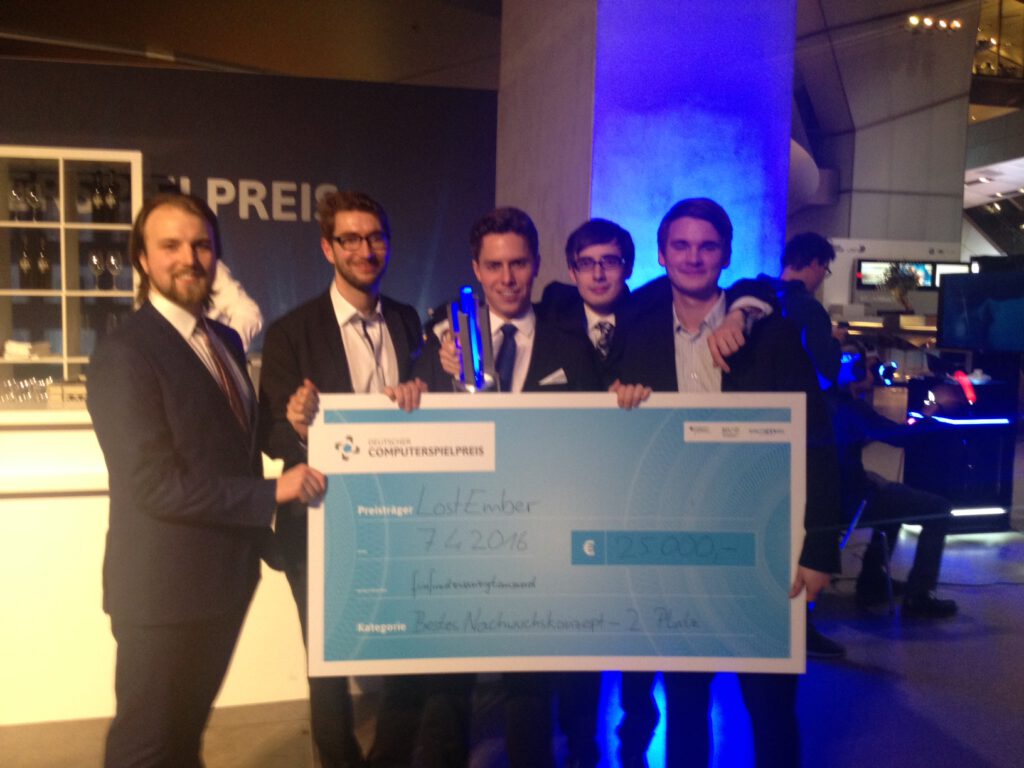
This feels like an appropriate time for a short break. Things were looking promising for us back then and we were overly motivated to bring our game over the finish line. Things shouldn’t always go this smoothly, though. In the next part I’ll talk about various roadblocks and hurdles that not only dampened our motivation quite a bit, but also were the reason why we had to delay our already announced release date a couple of times. You only learn these things the hard way, I suppose, and that we did.
I hope our little peek into the past of Mooneye and Lost Ember was interesting for you and hope to see you again for the next part! If you have any questions or other feedback until then, please find the comment section below.
Until next time,
-Tobias
_________________________
Jump straight to the next part:
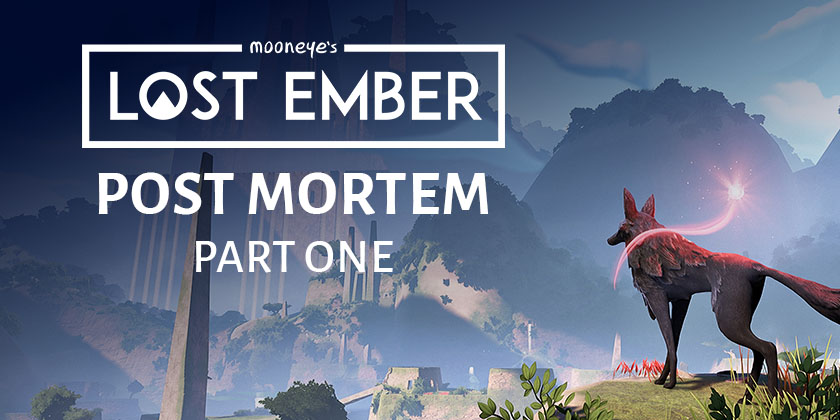
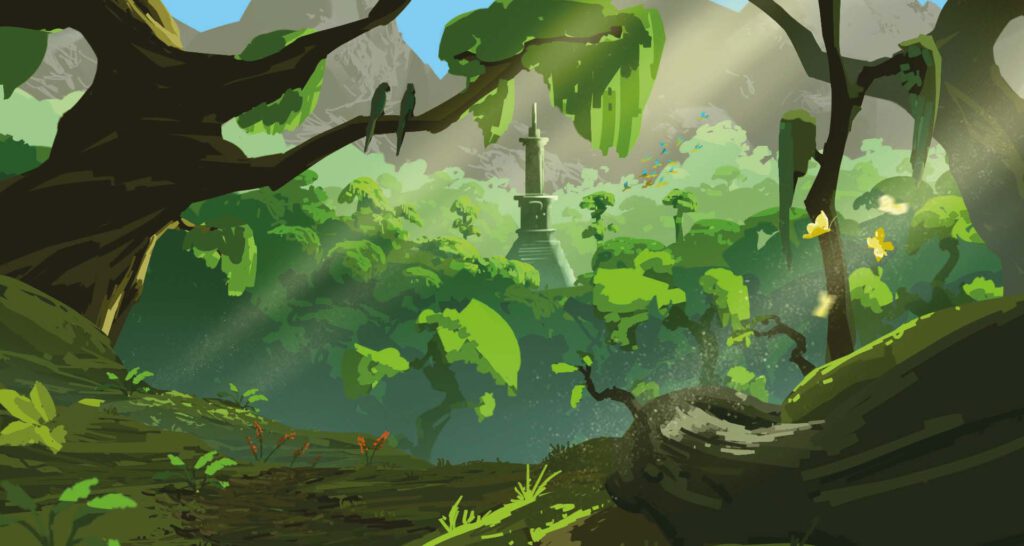
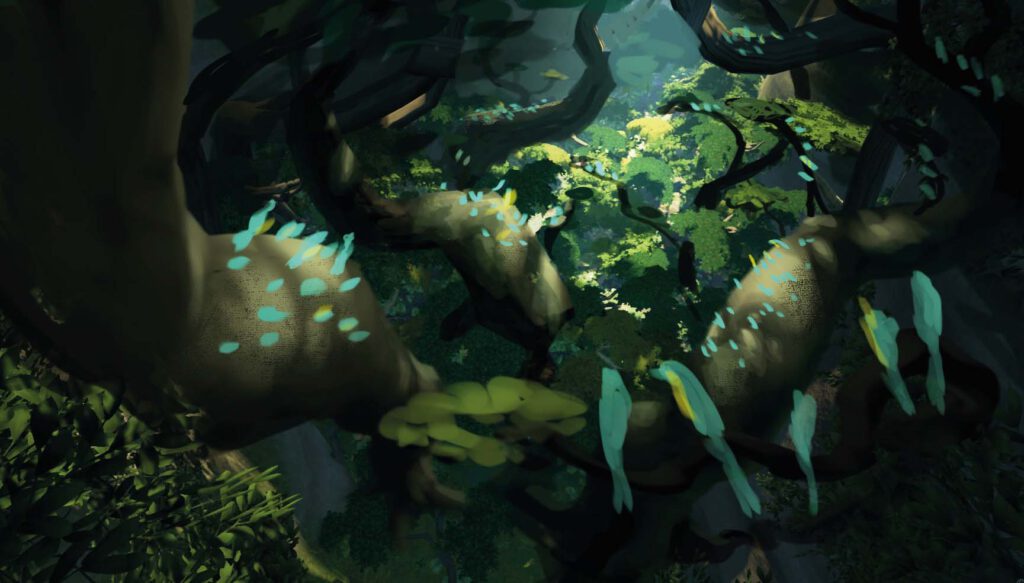
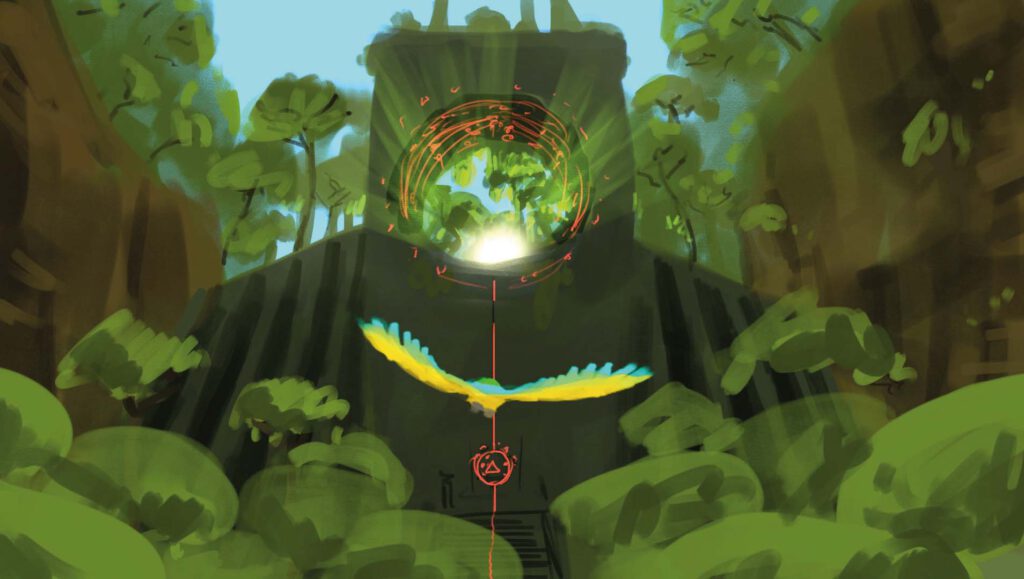
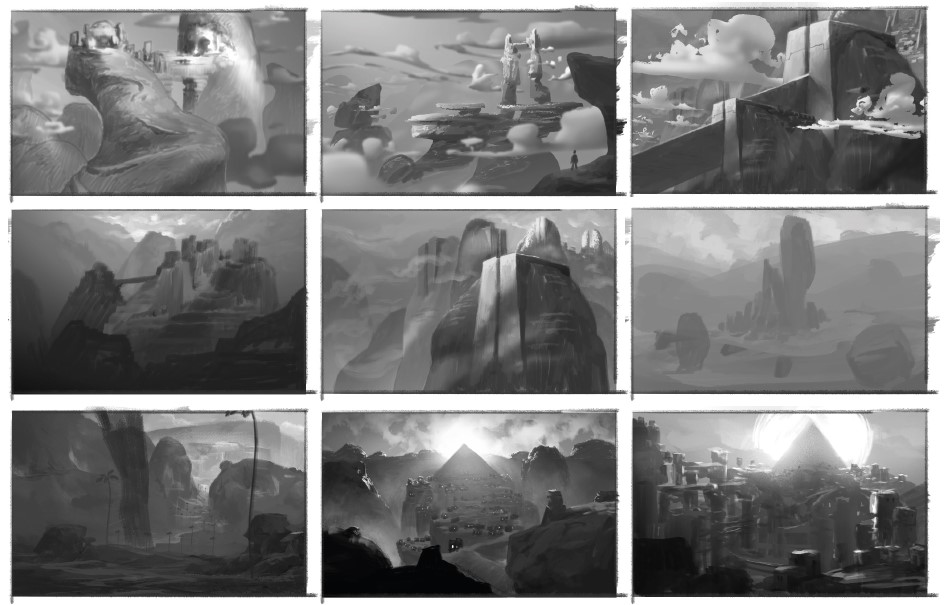
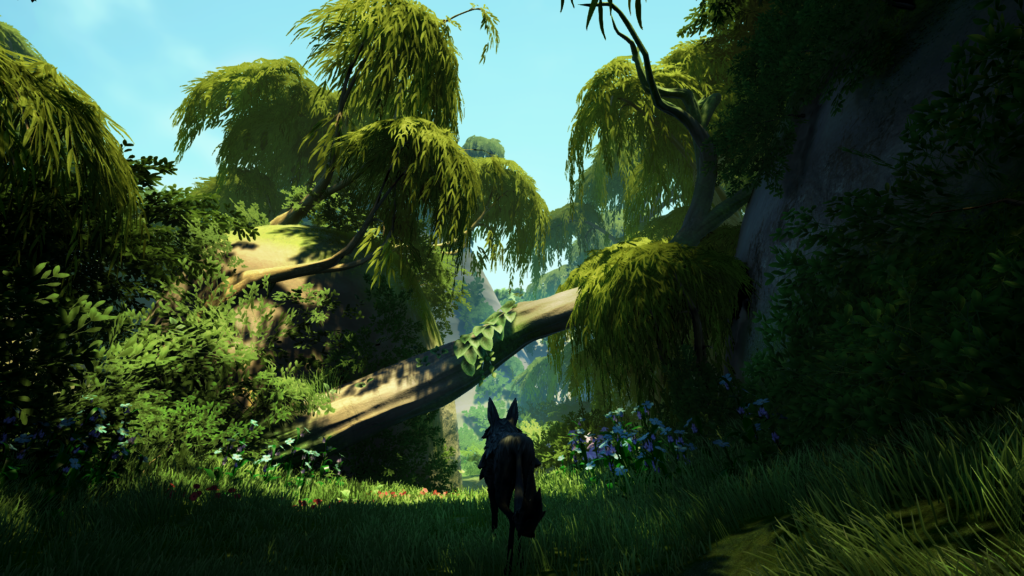
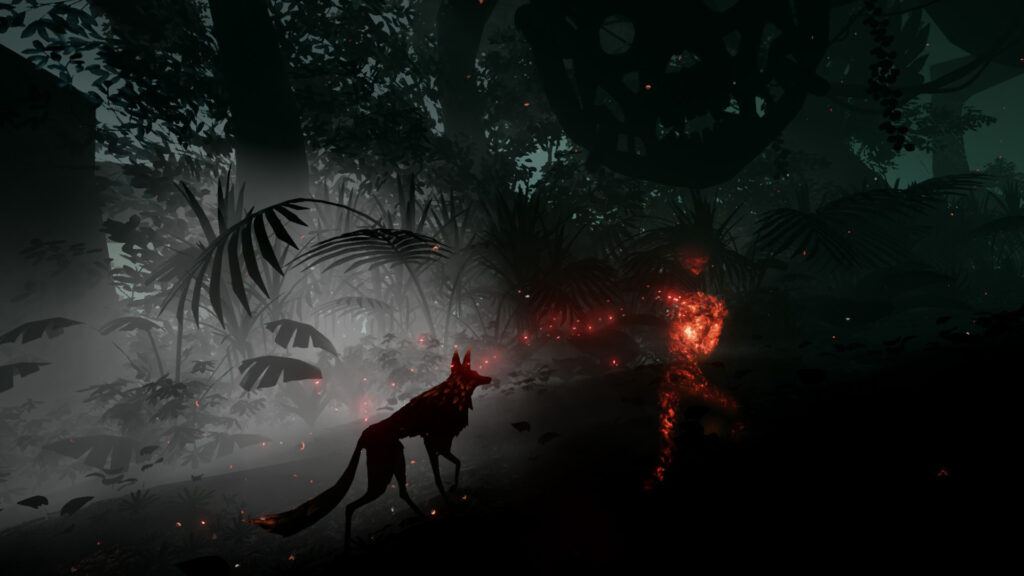
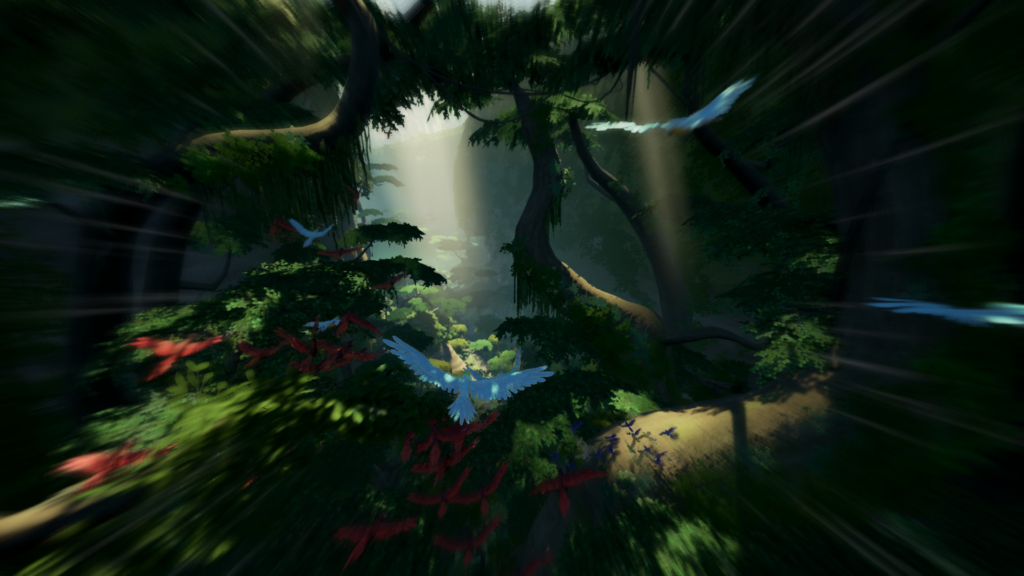
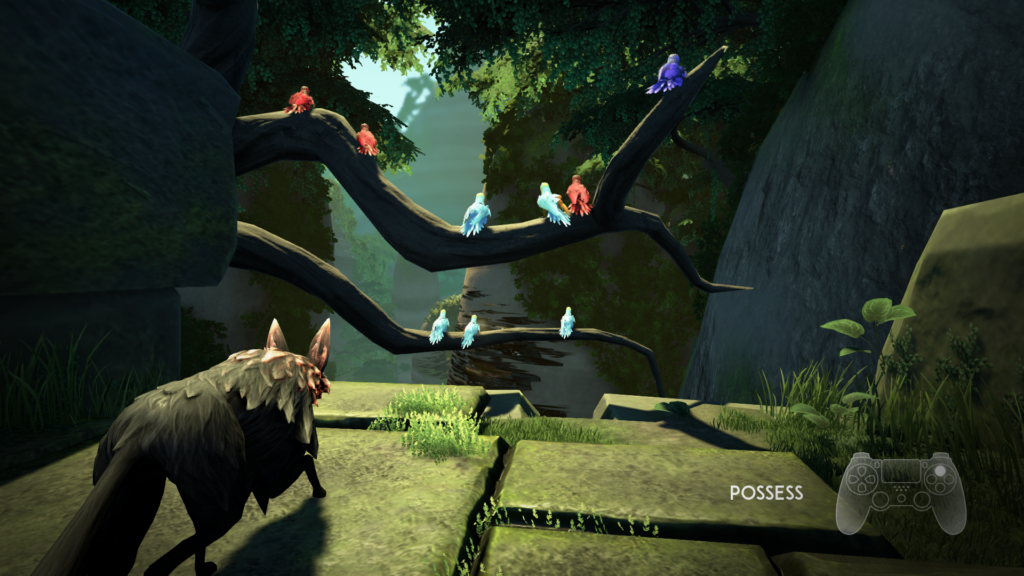
Thanks for sharing!
It’s great to get some insights into your development process and that you share it openly. Much appreciated in a time where you get the impression that people in the industry are very afraid of knowledge/ideas geing ‘stolen’ by others!